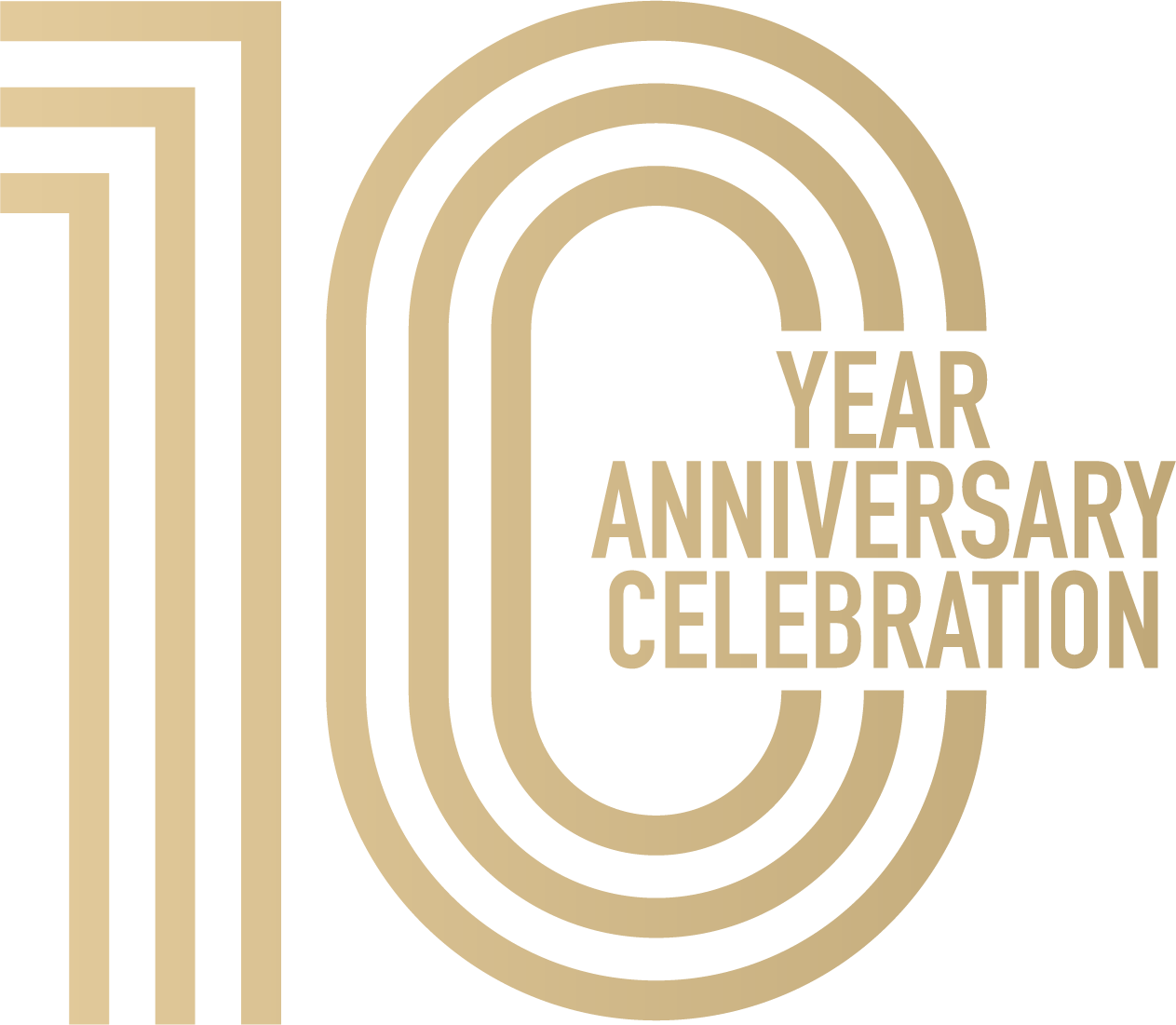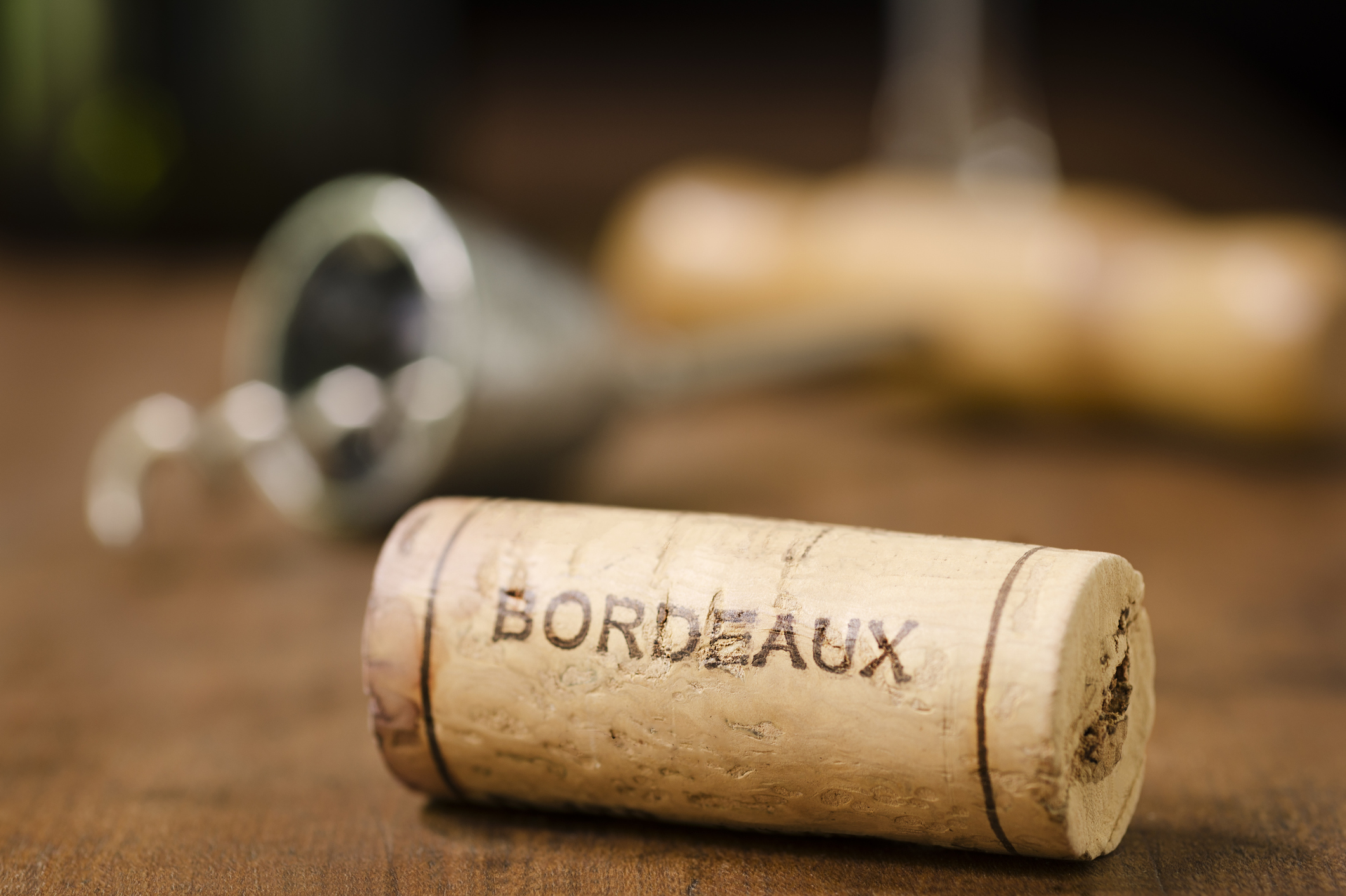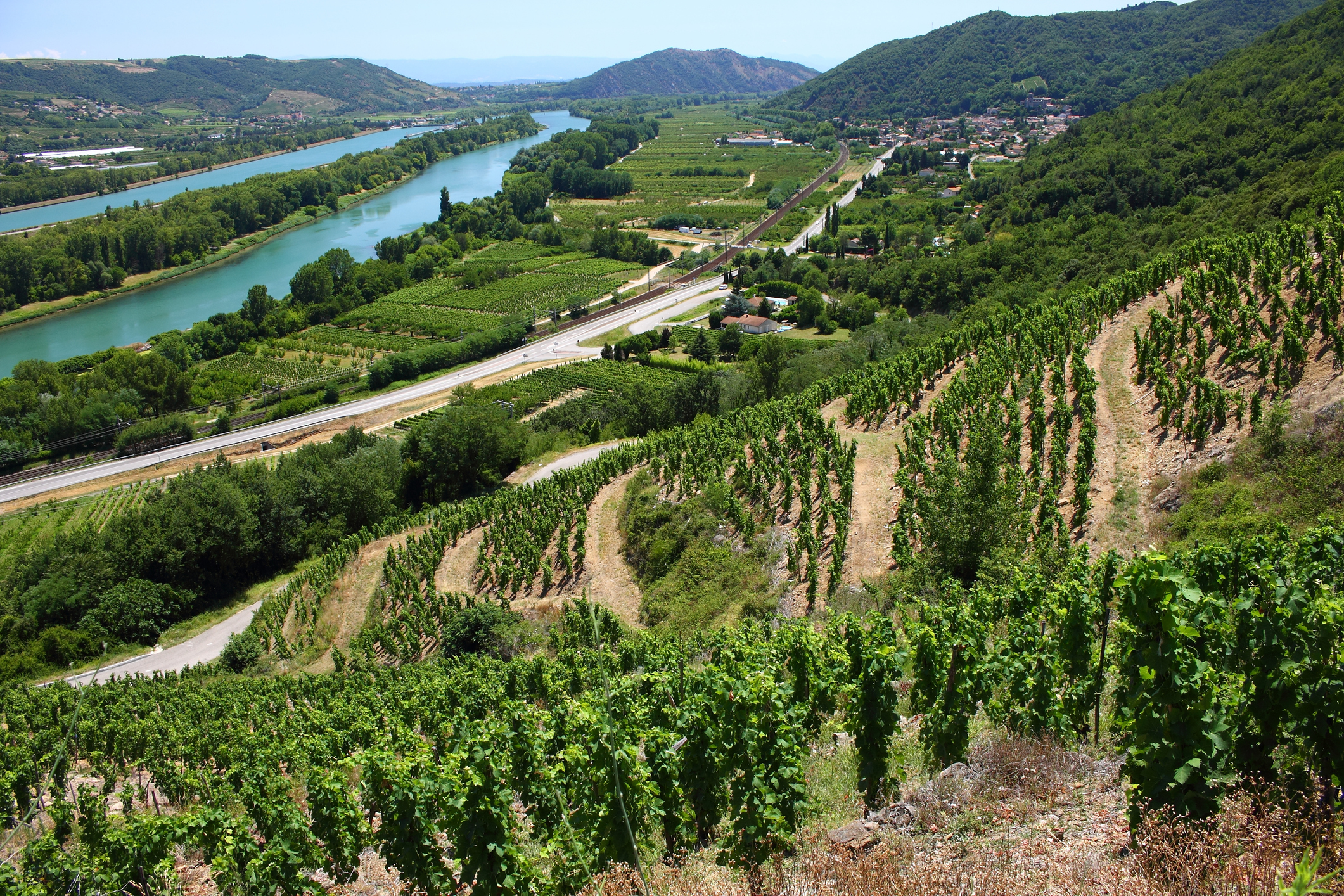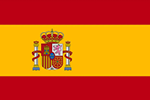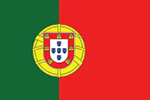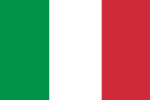A shockwave rippled through Bordeaux this week as Château Lafleur announced that it is leaving both the Pomerol AOC and the wider Bordeaux designation from the 2025 vintage onwards. Instead, all six wines produced under the Société Civile du Château Lafleur banner will carry the more flexible Vin de France label.
In a statement, the Guinaudeau family described the move as part of their “off the beaten path philosophy,” one that has always embraced change when necessary. They noted that climate change is hitting Bordeaux “fast and hard”, citing recent vintages such as 2015, 2019 and 2022, with 2025 taking “a step further.” Their message was clear: current appellation rules are not evolving quickly enough to meet the challenges of a shifting climate.
While the statement stopped short of detailing which rules were most restrictive, speculation in Bordeaux suggests the decision may be linked to the difficulty in gaining dispensation for irrigation, still tightly controlled under AOC regulations. More broadly, it underlines the urgency of ongoing debates about how Bordeaux’s appellations should adapt to climate realities.
The Guinaudeaus were careful to stress their respect for the AOC system and their fellow producers but also underlined that their viticultural and winemaking practices are now evolving “much faster than what is authorised” within the existing framework. Leaving the appellation, they said, was a “strong decision” that would allow them to face climate change “with precision and efficiency.”
Importantly, the family emphasised that nothing fundamental about Lafleur itself would change. “We are, and we will always remain, loyal to the values of Lafleur; the same terroir since 1872, the same noble vine genetics, the same family, the same team, the same philosophy. We change to remain the same.”
The Stakes for Bordeaux
This decision cuts deep. Château Lafleur is not a fringe player – it is one of Pomerol’s crown jewels, often mentioned in the same breath as Pétrus and Le Pin. For such an estate to abandon its appellation raises difficult questions about the relevance of AOC rules in today’s world.
If Lafleur succeeds as a Vin de France, it could set a precedent for other producers, showing that brand identity can outweigh appellation identity. That could fundamentally shift how Bordeaux markets itself and accelerate pressure for regulatory reform.
The Six Crus of Lafleur
The move applies across all wines under the Société Civile du Château Lafleur, including:
- Château Lafleur – the iconic 4.5ha plot on Pomerol’s plateau, family-owned since 1872.
- Les Pensées – once the second wine, now recognised as a Cru in its own right.
- Les Perrières – a newer vineyard, first released in 2018.
- Les Champs Libres – a white wine established in 2013.
- Château Grand Village Rouge & Blanc – wines from the family’s Fronsac estate, with history stretching back to 1650.
What This Means for Collectors and Investors
In the short term, Lafleur’s decision may actually enhance the collectability of its wines. The first vintages released as Vin de France are likely to become cult bottlings, adding another layer of rarity and intrigue to an already iconic label.
Longer term, this raises an uncomfortable but necessary question for Bordeaux: can its appellation system adapt quickly enough to keep pace with the climate crisis? If not, Lafleur may be the first of several top estates to look beyond the AOC framework.
The Oeno View
From an investment standpoint, Lafleur’s move is as fascinating as it is bold. History shows that when legendary producers step outside traditional systems, their wines can become even more desirable – Henri Jayer’s non-AOC bottlings in Burgundy are a prime example.
For Lafleur, this could mean:
- Short-term upside: the first Vin de France vintages may trade at a premium due to their unique place in Bordeaux history.
- Brand over appellation: Lafleur’s reputation ensures buyers will follow the estate regardless of the label on the bottle.
- Broader trend watch: other elite producers may consider similar moves, which could create both disruption and opportunity in the Bordeaux market.
For collectors, Lafleur’s 2025 release is likely to be one of the most talked-about wines of the decade. For investors, it is a reminder that the fine wine market is not just about vintages and scores – it is about narratives, scarcity, and bold decisions that redefine value.
